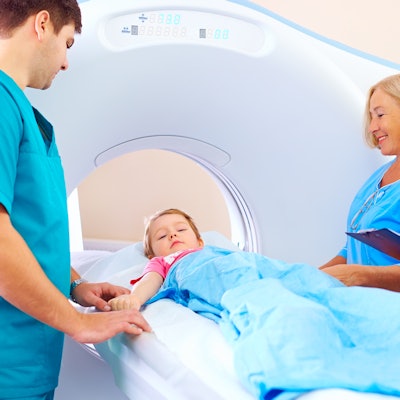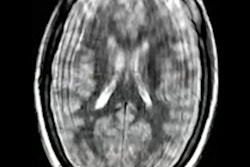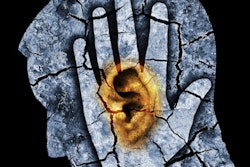
Imaging methods play an important role in the diagnosis and therapy of children affected by rare diseases, which are often caused by a genetic disorder, noted the German Röntgen Society (DRG) in a statement released on 25 February.
The DRG pointed to achieving even more efficiency in the diagnosis and therapy of rare diseases in children through the Society for Pediatric Radiology's research commission, created in 2021, which aims to set up a digital platform that experts across Germany can use to collect and evaluate radiological image data on rare diseases in children and exchange research results and innovative methods.
"In pediatric radiology, we are often involved in every phase of diagnostic clarification, but especially in the early detection of patients with tumor predisposition syndromes," noted Prof. Dr. Jürgen F. Schäfer, head of pediatric radiology at the University Hospital in Tübingen, deputy chairman of the DRG's Working Group on Pediatric Radiology and spokesman for the Society of Pediatric Radiology's Research Commission. "It has been shown that early detection measures using imaging can achieve a significant improvement in survival."
Ultrasound and MRI, as well as whole-body MRI, are often used in early diagnostics, the DRG stated.
Around 3 million to 4 million Germans suffer from rare diseases, which are defined as diseases affecting fewer than six out of 10,000 people. Rare diseases in children can range from metabolic diseases -- such as cystic fibrosis, galactosemia, or Doose syndrome (a rare form of childhood epilepsy) -- to certain types of cancer. Most rare diseases in children are genetic. And among rare childhood cancers, 10% have genetic causes. The most common childhood cancers are Li-Fraumeni syndrome; constitutional mismatch repair deficiency syndrome; hereditary paraganglioma; and the most well-known form, neurofibromatosis type 1.



















